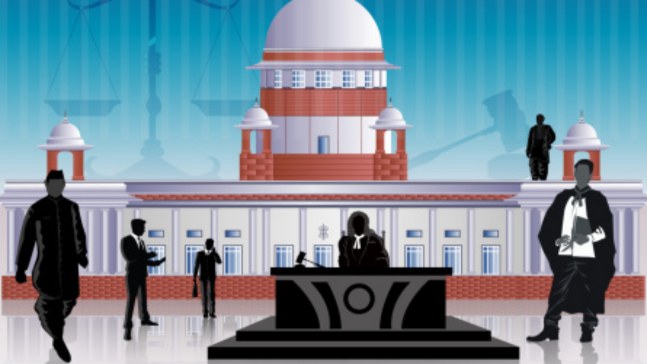Even Supreme Court could not understand this Himachal Pradesh HC judgment. AGAIN.

Have you ever tried to read the text of a law, or a court judgment? Even with fairly good understanding of the English language, did you find it complicated?
Well, you are not alone. And it’s not that the problem is with you, who’s not able to understand the language of the law, but the problem is with those who have drafted it.
Sometimes, even Supreme Court judges are surprised and left scratching their heads trying to understand the text of some legal documents.

Supreme Court sent back a Himachal Pradesh High Court judgment for re-drafting on January 17. The SC judges rapped those who drafted the HC judgment for using such complicated language.
#SupremeCourt hears an appeal against a Himachal Pradesh HC verdict KM Joseph J.: How do we understand this judgment? Is this in Latin?Sr Adv Nidhesh Gupta: we are unable to understand a wordSC: We may have to send it back to the HC for it to be re-writtenMatter adjourned pic.twitter.com/zeiUCW7djw
— Bar & Bench (@barandbench) January 17, 2022
Justice KM Joseph J asked, “How do we understand this judgment? Is this in Latin?”
Who can fault the judges? An excerpt from the Himachal HC judgment literally reads like this:
“The necessity of making an incisive circumspect evaluation, of, the testifications rendered by, aforesaid Dws, (i) is sparked by the plaintiffs/respondents herein, making strenuous effort, to, bely the recitals borne therein, (ii) also theirs making a fervent effort, for earmarking the factum, of it, being merely a devise or a contrivance deployed by the defendant, to, in collusion with one Mohinder Pal, invent tenancy with respect to commercial establishment concerned...”
The above sentence continues on without even a full stop seen for miles.
The bench was hearing an appeal against the Himachal Pradesh High Court judgment. The SC has adjourned the matter for now.
2021
This is not the first time that SC pulled up Himachal Pradesh HC for the same problem. In March 2021, SC had sent back a judgment of the Himachal Pradesh High Court expressing its displeasure over the ‘incomprehensible’ judgment of the court.
The SC also said that the judgment did a ‘disservice to the cause of ensuring accessible and understandable justice to citizens’.
2017
Even before 2021, in 2017, the SC had sent back a Himachal Pradesh High Court judgment in a tenant-landlord dispute for re-drafting saying that no one on the bench could understand it. Aishwarya Bhati, the lawyer representing the tenant, reportedly even said in court that she would need to hire an English professor to understand the verdict.
She also told the Times of India, that one of the pages went on without a full stop.
CONTEXT
The language adopted into modern-day law in India is from colonial India. To this day, archaic words such as ‘hereinunder’ or Latin words such as ‘ipso-facto’ are overused in legal terminology. Some judgments pour into long sentences; sometimes, even pages-long sentences.
Historically, the British used such convoluted language by design; to keep it out of the understanding of even those with primary knowledge of the language – Indian and British included. It was done to make the language of the law accessible only to an elite class of lawyers and judges, who were mostly British.
The UK, from where we originally adopted the language of the law, made its own language used in legal and lawful terms simpler and easy to understand. But India after nearly 75 years of Independence, has not yet adopted a simple language for the law.

